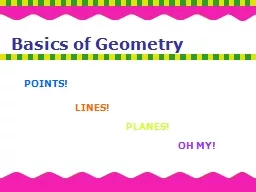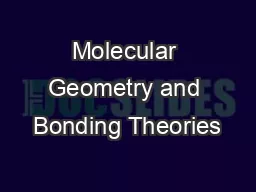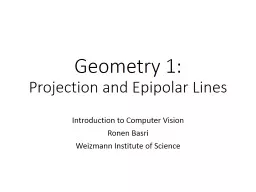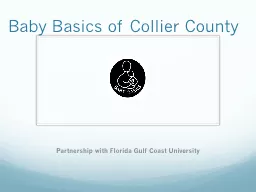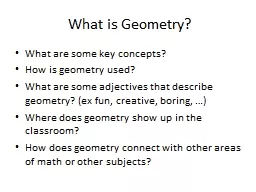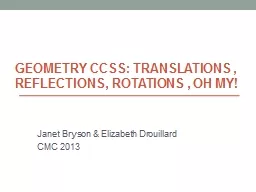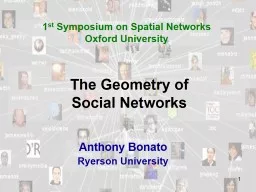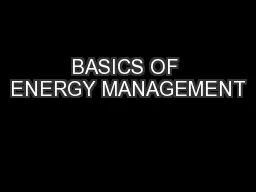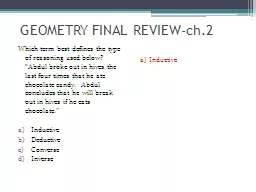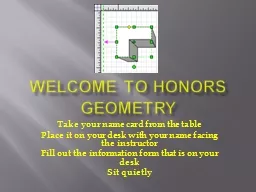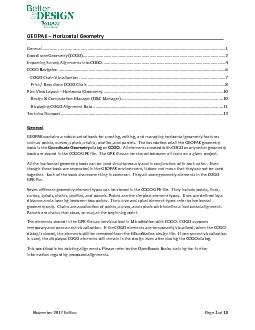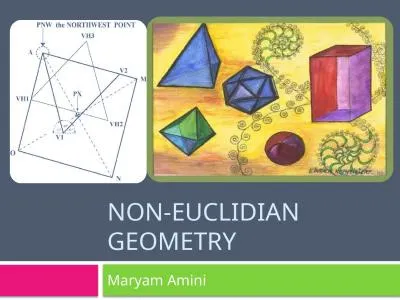PPT-Basics of Geometry
Author : luanne-stotts | Published Date : 2015-12-04
POINTS LINES PLANES OH MY What are the undefined terms in geometry What concepts present the foundations of geometry Can you sketch the intersection of lines and
Presentation Embed Code
Download Presentation
Download Presentation The PPT/PDF document "Basics of Geometry" is the property of its rightful owner. Permission is granted to download and print the materials on this website for personal, non-commercial use only, and to display it on your personal computer provided you do not modify the materials and that you retain all copyright notices contained in the materials. By downloading content from our website, you accept the terms of this agreement.
Basics of Geometry: Transcript
Download Rules Of Document
"Basics of Geometry"The content belongs to its owner. You may download and print it for personal use, without modification, and keep all copyright notices. By downloading, you agree to these terms.
Related Documents

